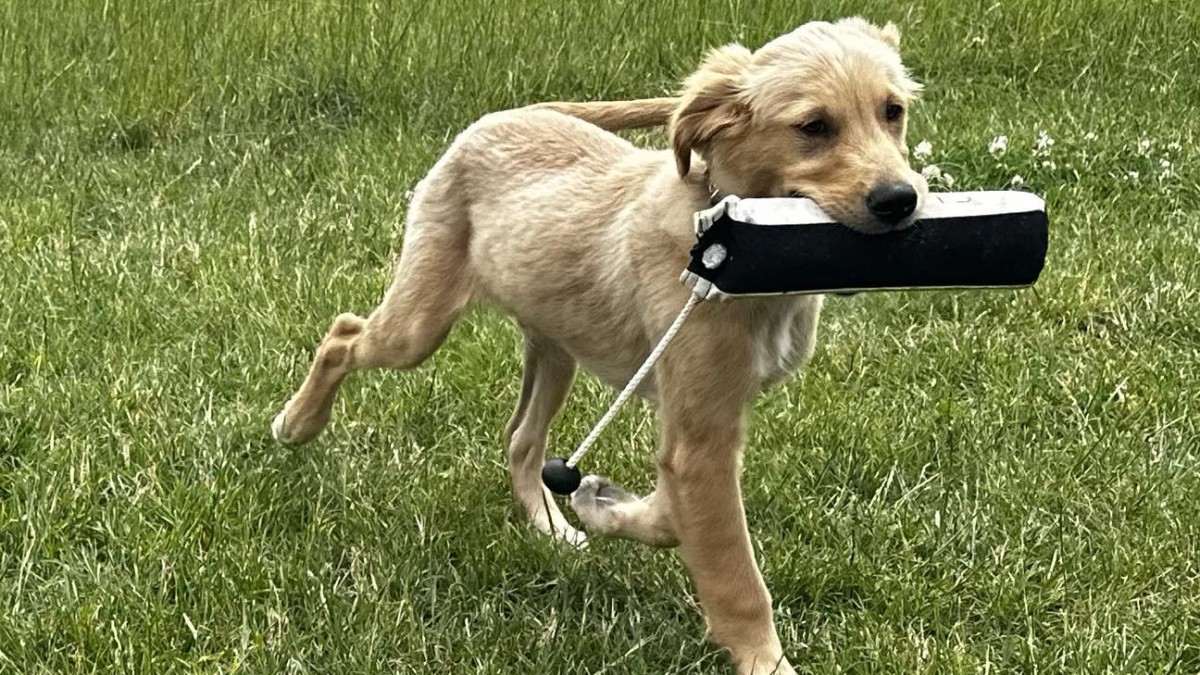The Benefits of Using Treats and Play in Training Your Young Gundog

Incorporating treats and play into your gundog's training builds a stronger bond and increases motivation.
The Benefits of Using Treats and Play in Training Your Young Gundog
Incorporating treats and play into your gundog's training builds a stronger bond, increases motivation, and lays the foundation for reliable behaviour in the field.
Training a young gundog requires patience, consistency, and a solid understanding of positive reinforcement. While traditional training methods may rely heavily on corrections, modern approaches—such as using treats or play as rewards—prove to be both effective and enjoyable for both the dog and the handler.
1. Motivation and Engagement
When training a young gundog, motivation is key. Treats and play act as powerful incentives, encouraging your dog to repeat desired behaviours. By reinforcing good behaviour with something your dog values, you're more likely to see quicker and more consistent responses to your cues. For example, rewarding a successful recall with a high-value treat or a game of tug can make the action far more enticing than any distractions around.
2. Building Positive Associations
For young dogs, especially those new to training, it's essential to build positive associations with tasks that might otherwise seem challenging or intimidating. Treats and play can transform tasks such as retrieving or sitting quietly into fun and rewarding experiences. This ensures your gundog looks forward to training sessions and sees them as opportunities to earn rewards.
3. Creating a Strong Bond
A training session isn't just about teaching behaviours—it's about building a relationship. Using treats and play fosters trust and mutual respect between you and your dog. When your gundog realizes that training means both fun and rewards, they will be more enthusiastic to work with you, strengthening the bond necessary for success in the field.
4. Reinforcing Precision
Play and treats aren't just for basics; they also help reinforce more complex or precise behaviours. For example, when refining your gundog's stop whistle or directional commands, offering a reward after perfect execution will encourage your dog to perform these actions with reliability and focus.
5. Setting a Foundation for Lifelong Learning
When a young gundog learns that training is a rewarding experience, it sets the stage for lifelong learning. The use of positive reinforcement teaches your dog to think, problem-solve, and become more confident in their abilities. This mindset is crucial as they progress through more advanced stages of gundog work.
Conclusion
Training a young gundog doesn't have to be about strict corrections and long sessions. By integrating treats and play into your training routine, you create a motivating, positive learning environment that not only teaches necessary skills but also builds a strong, trusting relationship with your dog.
 Sue Watkins
Sue Watkins 